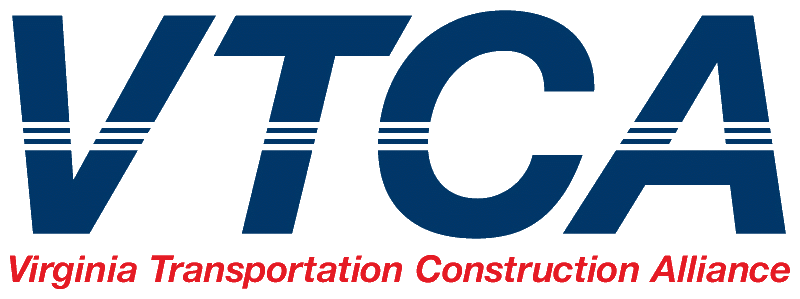Focusing on Heat Safety
As temperatures rise across the country, heat safety has taken center stage in the American Road & Transportation Builders Association’s (ARTBA) Spring–Summer 2025 safety awareness campaign. With construction crews facing long hours under direct sun, ARTBA is emphasizing the urgent need to prevent heat-related illnesses through education, proper planning, and proactive jobsite practices.
Prioritizing Worker Health in the Heat
ARTBA’s campaign reminds employers and workers that heat stress isn’t just uncomfortable – it can be life-threatening. The organization encourages jobsite leaders to take specific steps to protect their teams, including:
- Ensuring regular hydration by making cool drinking water readily available and encouraging workers to drink small amounts frequently – even before they feel thirsty.
- Providing shaded or air-conditioned rest areas where workers can take breaks and cool down.
Scheduling heavy tasks during cooler parts of the day, such as early mornings or evenings, whenever possible. - Training workers and supervisors to recognize the signs of heat-related illnesses like heat exhaustion and heat stroke.
Education and Awareness
As part of the campaign, ARTBA is rolling out bilingual training materials and hosting webinars that focus specifically on heat stress prevention. These sessions cover topics like proper clothing, recognizing symptoms, and responding quickly in an emergency. The goal is to empower all workers – regardless of language or experience level – to protect themselves and each other.
A Culture of Shared Responsibility
ARTBA’s message is clear: safety is everyone’s job. From senior leadership to new crew members, everyone has a role in creating a safe working environment. The campaign promotes a buddy system, encouraging workers to monitor one another and speak up if someone appears fatigued, confused, or ill.
A Season for Safety
As summer progresses, ARTBA continues to align with OSHA and state DOTs to deliver a unified message: heat safety saves lives. By embedding these practices into daily routines, the industry can reduce risks and keep crews healthy, productive, and safe on every job.
